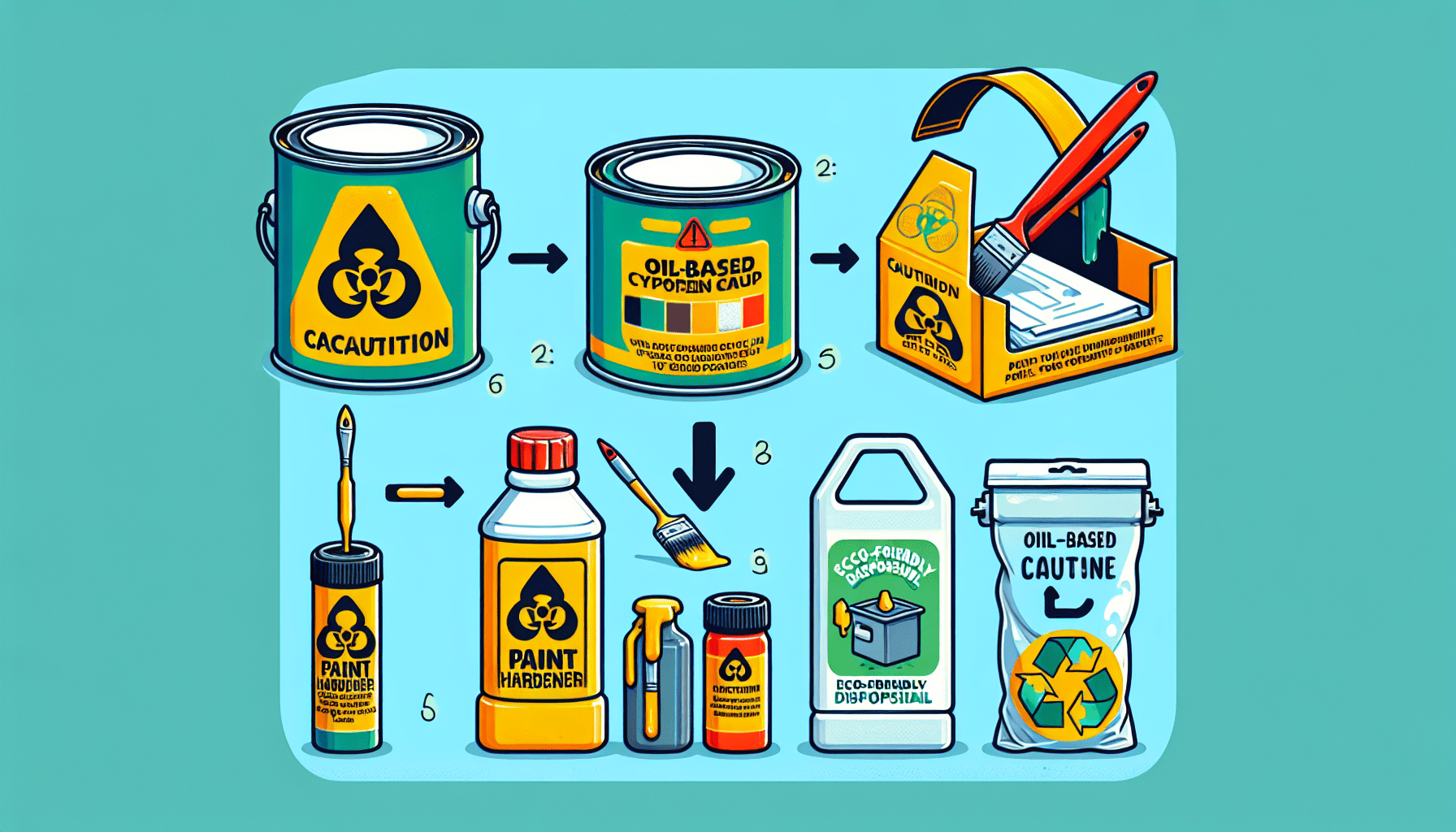In the world of painting, the question often arises – can oil paint be applied over latex paint? This article will explore this commonly asked query in hopes of providing you with a comprehensive understanding. As you navigate through this piece, you will nd an assessment of various painting techniques, the science behind the composition of different types of paint, as well as the potential effects and consequences of layering these distinct mediums. With this knowledge, you can make informed decisions about your DIY home improvement projects or artistic ventures.
Introduction
As a homeowner embarking on a remodeling project, a seasoned painter exploring different materials, or even an interior decorator wanting to learn more about your tools, understanding the composition and characteristics of different types of paint is essential. Among many, oil and latex paints are the two most popularly used ones. Thus, the question that often arises is whether oil paint can be applied over latex paint. This article aims to answer that question and provide you with an in-depth knowledge of both paint types.
Understanding Oil Paint and Latex Paint
Paints add color to our surroundings and also protect surfaces, but each type of paint has distinct characteristics due to its unique composition.
Composition of Oil Paint
Oil paint, as the name suggests, is a type of slow-drying paint that consists of small pigment particles suspended in a drying oil, which is often linseed oil. The viscosity of the paint can be altered with the addition of solvents such as turpentine or white spirit. As oil paints dry slowly, they provide ample time for blending colors on the canvas, creating textured finishes and layered effects.
Composition of Latex Paint
Latex paint, also known as water-based or acrylic paint, has a composition that primarily consists of water with pigments and acrylic or vinyl particles. Unlike oil paints, latex paints dry quickly due to the evaporation of water content. They are easy to work with and have a low odor, making them a popular choice for interior walls and ceilings.

Differences Between Oil Paint and Latex Paint
The characteristics of oil paint and latex paint differ in several ways due to their distinct compositions, influencing their application, appearance, and longevity.
Drying Time
One of the biggest differences between oil and latex paint is their drying time. Oil-based paints take longer to dry due to their oil content, typically within 6 to 8 hours. On the other hand, latex paint dries quicker, usually within an hour, thanks to its water-based formula.
Cleanup Process
Cleaning up after applying oil paint requires solvents, whereas latex paint can be easily cleaned up with soap and water due to its water-soluble nature.
Durability
For high-traffic areas or surfaces that come into contact with the elements, oil-based paint is usually the preferable option as it’s highly durable and resistant to chipping. However, latex paint also provides good durability and is ideal for interior applications.
Finish
Oil paints typically produce a glossy, smooth finish due to their gradual drying process. On the other hand, latex paint offers a broader range of finish options, from matte to high gloss.
Flexibility
Latex paint is known for its flexibility and is less susceptible to cracking compared to oil paint. This flexibility makes latex paint ideal for materials that may expand or contract with temperature changes, such as wood.
Can Oil Paint be Applied Over Latex Paint?
Although both types of paints have their pros and cons, mixing them or applying one over the other can create complexity, especially when attempting to paint oil over latex.
Adhesion Issues
Traditionally, applying oil paint over latex paint has been challenging due to adhesion issues. Oil paint requires a porous surface for proper adhesion, which latex paint may not provide.
Preparation Steps
Applying oil paint over latex paint can be successful with proper preparation steps. These include cleaning, sanding, and priming the surface before application.

Preparation Steps for Applying Oil Paint over Latex Paint
Clean the Surface
Start by cleaning the surface to remove dust and debris. You can do this with warm water and mild dish soap.
Sand the Surface
Once the surface is clean and dry, lightly sand it to create some porosity. Sanding not only provides a rougher surface for the oil paint to adhere to but also removes any sheen from the latex paint.
Prime the Surface
Apply a high-quality, oil-based primer to the sanded surface. Primers are specially designed to ensure good adhesion and smoothness of the subsequent paint layers.
Tips for Applying Oil Paint over Latex Paint
Use Thin Coats
When applying oil paint over latex, it’s better to use several thin coats instead of a single heavy one. This approach helps the paint dry better and adhere more effectively.
Allow Sufficient Drying Time
Remember to allow sufficient drying time between coats. Refer to the manufacturer’s instructions to determine the recommended drying time.
Ensure Proper Ventilation
As oil paints have higher levels of volatile organic compounds (VOCs) than latex paints, always ensure your working space is well-ventilated.
Consider Professional Help
If you are unsure or inexperienced, consider seeking professional advice or assistance. Painting professionals have the skills and knowledge to handle complex painting tasks.
Testing Compatibility
Perform a Patch Test
If you’re unsure about the compatibility of oil paint over latex, consider doing a patch test on a hidden area. If adhesion issues or other problems arise, it would be best to strip the latex paint before proceeding.
Consult with a Professional
Consult with a paint professional for their advice and suggestions. An experienced professional can provide valuable insights based on the condition of your surfaces, the brand of the latex paint, and the type of oil paint you intend to use.
The Reverse Scenario: Applying Latex Paint over Oil Paint
Considerations and Challenges
While discussing painting oil over latex, it’s worth noting that applying latex over oil can be equally challenging. Similarly, adhesion issues may arise as latex paint may not stick properly to the glossy and non-porous surface of oil paint.
Surface Preparation
The process to prepare a surface for latex paint application over oil paint is similar to the previous case. Start by cleaning and sanding the surface, followed by applying a suitable primer.
Applying Latex Paint
Once preparation is complete, apply the latex paint using a high-quality brush, roller, or spray. As with oil paint, it’s better to apply several thin coats rather than one heavy one, allowing adequate drying time in between.
Conclusion
In conclusion, painting oil over latex (or vice versa) is possible with the right preparation and patient application. The key to a successful painting job lies in understanding the nature and requirements of your chosen paints. It is always recommended to consult with paint professionals and perform patch tests to ensure compatibility before embarking on extensive painting projects. Regardless of which paint type you choose or the order of application, remember that right prepping, and patience are sure to give you a finish that is long-lasting and beautiful.



